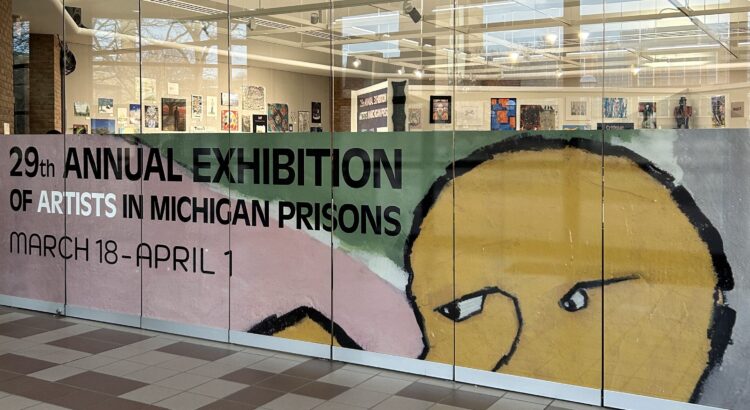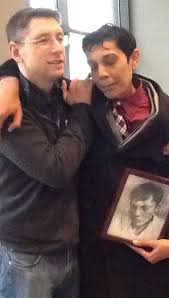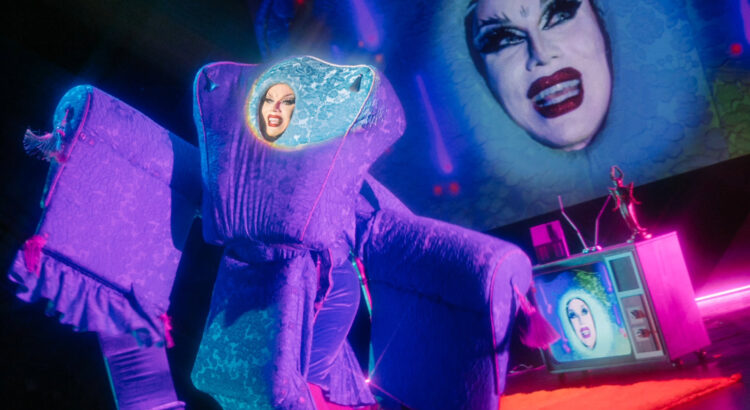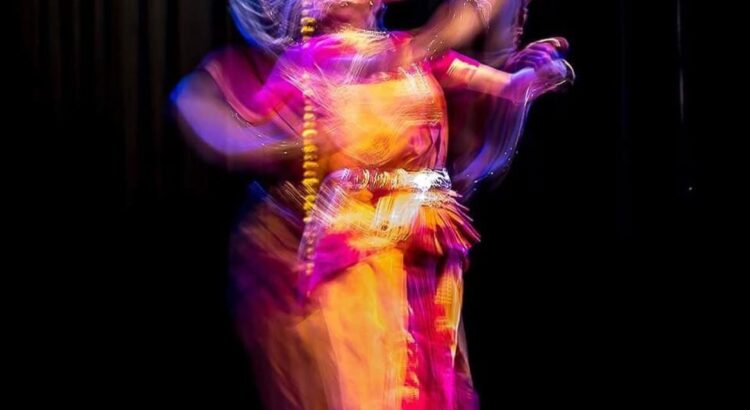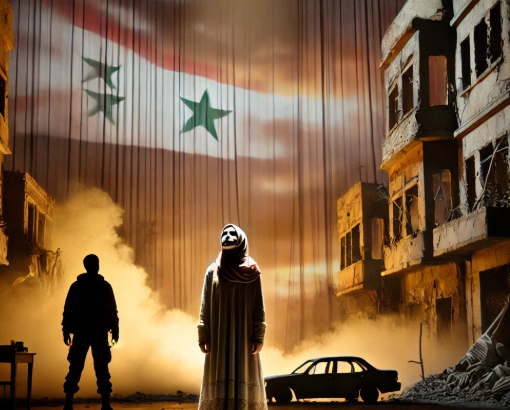In a crowded, white room, people mill about to see over 700 artworks scattered around walls, bins, and tables. What is the singular thing that connects all of these art pieces? They were created inside prison walls.
The Prison Creative Arts Project (PCAP) is an organization that aims to connect those “impacted by the justice system with the University of Michigan community for artistic collaboration, mutual learning, and growth” through classes, workshops, performances, literary reviews, and annual art exhibitions. The 29th Annual Exhibition of Artists in Michigan Prisons is PCAP’s largest endeavor hosting 772 original artworks made by 538 artists.

The exhibit is divided into seven themes: connection, critique, natural expression, portraiture, prison as art studio, self, and what if? Each theme gives the viewer a chance to ground themselves in the chaos of the gallery. With bodies bumping into each other constantly, and hundreds of beautiful art to wrap the brain around, the space can become cacophonous. However, this chaos is the same trait that makes the gallery so wonderful: there’s something for everyone.
One standout piece is “In His Eye” by William “Cowboy” Wright where a close up portrait of a squirrel stands tall and in awe, as the reflection of a man in a Michigan prison uniform kneels down with an acorn. This painting is humorous with the incredulous expression on the squirrel’s face; and it rings home for Ann Arbor residents who see friendly, fat squirrels so often on the university’s campus. Wright wields his paintbrush to shift the view of incarcerated men for his audience from whatever preconceived notions they had to that of the squirrel’s: giving, God-like, and beautiful. They say beauty is in the eye of the beholder, the squirrel’s in this case…

Another standout is “Hold On” by Daniel Teribery, which depicts an incarcerated man kneeling over a sunflower in a purgatory of darkness (his cell); he is surrounded by artwork and staring greyly into the flower, as a hand reaches outgrasping the cell with verve. The interesting part of the painting is the way the hand looks to both be holding up the cell and break into it at the same time. Cracks in the cell’s structure could imply that the hand is pushing in, or perhaps they represent the slow degradation of the man’s mind. If it breaks… if the hand can’t hold on, then the cell will fall further into the darkness of the background. I’m not sure exactly, but Teribery’s symbolism succeeds in opening up these important conversations on life inside prison walls.
Beyond these pieces, the 29th Annual Exhibition features art of all genres, styles, and materials. You want to see a portrait of a clown painted in realism crying over a hot dog? It’s there. How about abstract circles crafted with oils and cardstock? That’s there too. Figurines made out of toilet paper? They make an appearance every year! Truly, if you have the time to browse through all 700-some pieces you will find at least ten that you could spend hours analyzing and admiring, and at least three pieces that you feel compelled to display in your home. (I should know– I bought four pieces myself.)
The annual exhibition is a great opportunity to purchase art no matter your budget. Work ranges in price from as little as $15 to over $1,000. It’s a great opportunity to build your collection, and support artists on the inside, as all proceeds go straight back to the artists.
The point of the gallery, however, isn’t to empty our pockets, fill our living room walls, and to pat ourselves on the backs when we use our money for good. The point, first and foremost, is to learn from incarcerated artists about life on the inside: to see them, to hear their stories and to trust their experiences. When an incarcerated person leaves prison after serving their time, they often measure the passage of time by counting the days they’ve spent in freedom. We, me and you reading this, are people living in the free world. We have the privilege to see all 772 artworks, even the incarcerated artists whose work is on display do not have the opportunity to view work made outside of their prison’s walls. I hope you take the chance to view this exhibit and open your eyes to new perspectives.
The 29th Annual Exhibition of Artists in Michigan Prisons is currently being held at the Duderstadt Gallery located in the breezeway between the Duderstadt Center and Pierpont Commons. The gallery is open for viewing now –Sunday and Monday from 12:00 PM–6:00 PM, and Tuesday through Saturday 10:00 AM–7:00 PM– until April 1st. You can also view the art online at the link here. You can continue to purchase art from the exhibition until April 1st at 5:00 PM, but hurry! These pieces sell fast.

